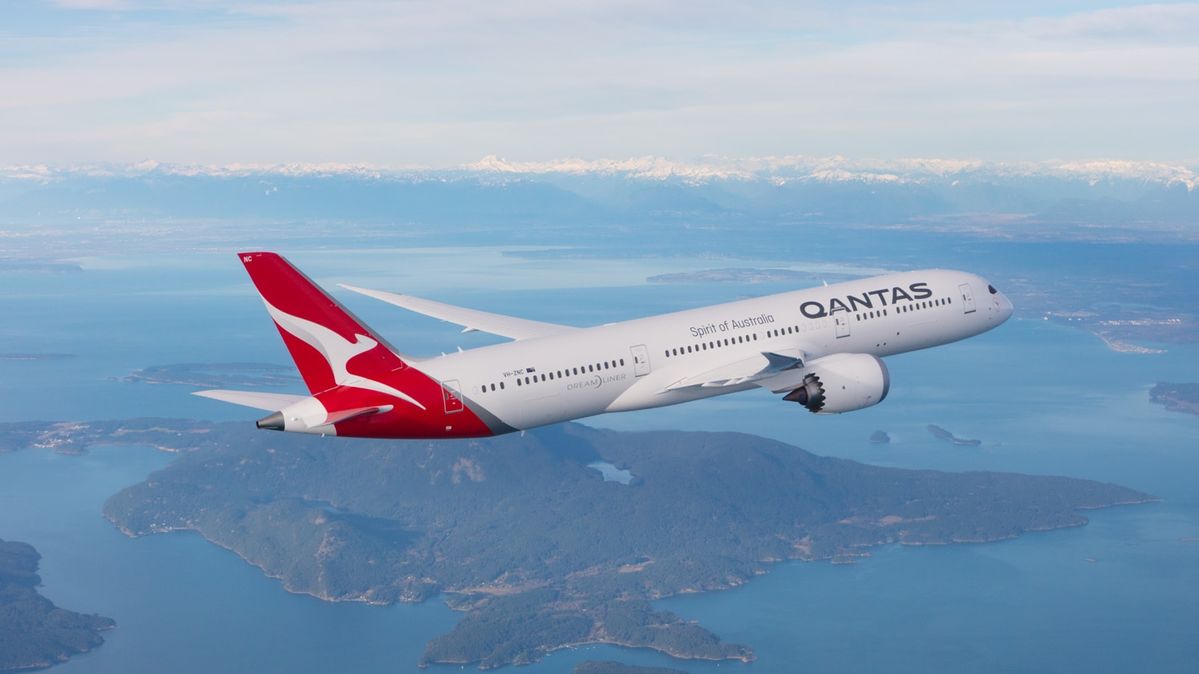- Joined
- Apr 25, 2011
- Posts
- 889
- Qantas
- LT Silver
- Virgin
- Red
There is another thread that discusses QF's potentially largely single aisle future even for 7-9 hours flights such as to Asia. The rationale is it would increase frequency and / or make long thin routes viable. The downside is poor comfort and maybe reduced freight capacity.
Could a short twin aisle circa 200 seater work on those routes?
If not why not?
Could a short twin aisle circa 200 seater work on those routes?
If not why not?




